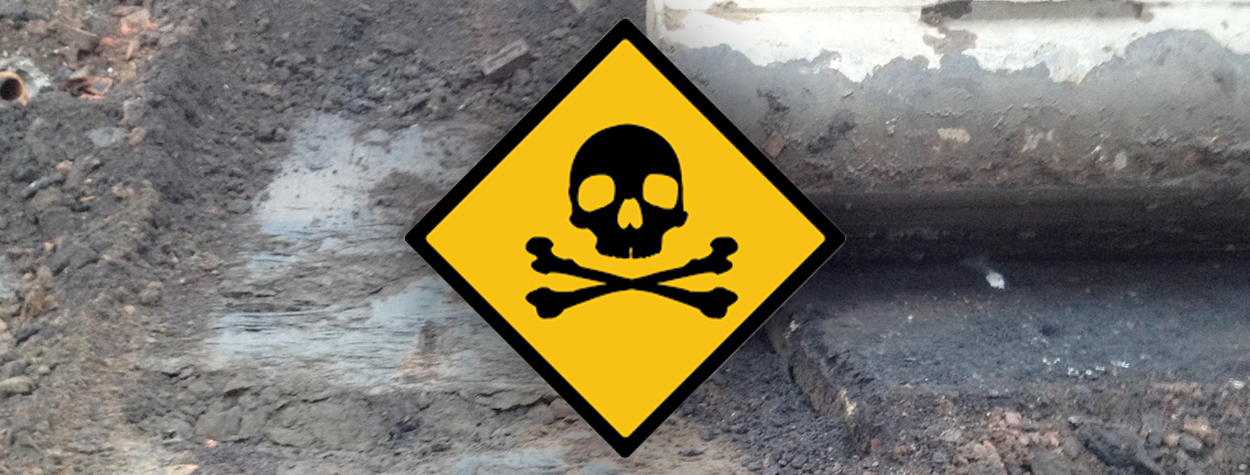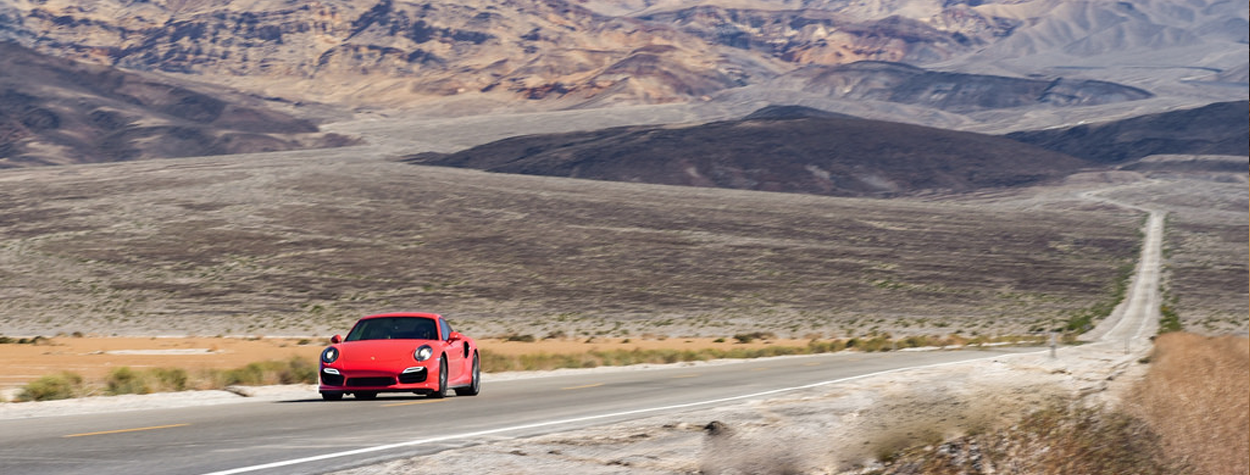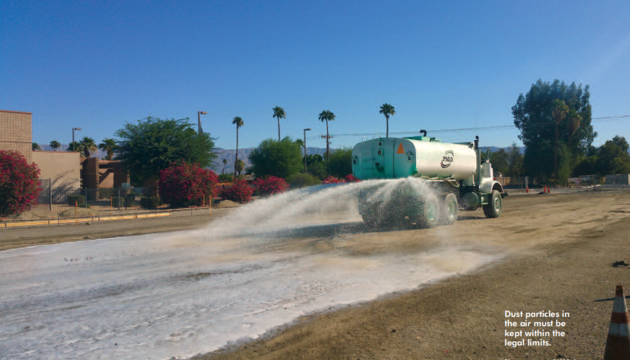Mining is one of the oldest industries in the world. And, it will remain one of the backbones of our economy and that of many other nations long beyond our lifetimes. That said, one of the recurring trends in the U.S. media is the often adverse working conditions for employees as well as the ever-present concern about damaging the environment.
Here’s the good news:
Good environmental practices and mine safety are easily attainable and is far more affordable than you might think. And, while you may have needed several different contractors to meet regulations before, Global Environmental Solutions (GES) is your one-stop-shop to meet and exceed environmental and site-safety specifications.
Areas you can utilize our products:
- Above ground and under ground haul roads
- Capping above ground tailings/stockpiles
- Tailing dams
- Pond lining
- Stabilizing backfills
- Re-vegetation
- Crushers
- Conveyors
- And many more!
The activity of mining means the creation and existence of dust. It affects everything from the surrounding ecosystem, to the lungs of miners, to the health of equipment, and surrounding communities due to environmental shifts (wind), etc. That said, all mining sites are unique, so you need a partner that can provide a solution that takes care of all-of-the-above customized to your site’s needs.
GES dust suppression products we’ll use to shape your solution:
DustLess®
- Dust control for any dirt driving surface (continuous traffic, high traffic, heavy traffic)
- Underground mining operations
- Non-aqueous tailing pond dust control (for below freezing temps)
DirtGlue®
- Erosion control
- Stockpile capping
- Sediment control
- Stockpile sealing
- SWPP management plans
- Embankment stabilization
- Contaminated soil containment
- Eliminate TSS in storm water run-off
- Dust control on non-driving surfaces
- Replace conventional tackifier in Hydro-seeding applications
- Tailings ponds
CompoMulch™
- Re-vegetation for permanent erosion control and dust control
Our products can be used to develop dust management, sediment control and stabilization for your unique requirements. Our DustLess product is absorbed by the dust particles, which stabilizes them and keeps them from entering the air and getting swept about. DirtGlue, which is an acrylic polymer, is applied to non-traffic areas such as soft shoulders and adjacent stockpiles and embankments. The polymer forms a tough protective crust that stops the dust created by the vacuum effect of passing vehicles. When applied to stockpile and embankments, DirtGlue also protects against sediment runoff as well as wind and water erosion issues. If revegetation is needed DirtGlue polymer can be used as a tackifier in conjunction with CompoMulch to vegetate nearly any surface of nearly any soil type.
Coal Bunker Sealing
DirtGlue polymer stockpile capping and sealing is the antidote to the oxidation and moisture that leads to spontaneous combustion in coalbunkers. Keeping coalbunkers sealed mandates an effective, reliable air-blocking system. Sealing coalbunkers is, of course, more necessity than choice. Air circulating through the coalbunkers is a precursor to spontaneous combustion, a serious danger to a power plant, its employees, and the value of the stored coal itself. The spraying of DirtGlue polymer on stockpiles or bunkers causes the formation of a thin crust much like a spray-on tarp to act as a seal against water and air. This protective seal helps prevent fire, dust, erosion and loss of BTU’s.
Benefits:
- Eliminate air and water penetration
- Control dust through encapsulation
- Minimize oxidation to prevent spontaneous combustion
- Prevent costly coal bunker fires
- Slow coal deterioration and water absorption that can reduce BTU value
- Get the desired results without the higher cost of nitrogen injections
Further, when it comes to the transport of mined coal we can help with transportation efforts of the resource, as statistics show that a typical 3-5% loss of coal is experienced during transport from the mine. This can be avoided by “capping” the train or truck hopper hauling the load with one of our environmentally friendly spray-on solutions.
Are you in the mining industry and looking for ways to maximize safety, minimize environmental impact, all while simultaneously increasing profits on an extracted haul? Contact us today and let’s work together to come up with the customized solution to best fit your unique situation.





 It was February when the problems started. Just north of Sacramento, nestled among outdoor recreation areas, the Oroville Dam started falling apart. The world’s tallest dam’s main spillway partially collapsed; dam managers started using an emergency spillway that sent water down a bare hillside, which quickly eroded. As 200,000 people were evacuated downstream with more rain on the way, a problem with dust probably wasn’t on the minds of the folks at the California Department of Water Resources (DWR).
It was February when the problems started. Just north of Sacramento, nestled among outdoor recreation areas, the Oroville Dam started falling apart. The world’s tallest dam’s main spillway partially collapsed; dam managers started using an emergency spillway that sent water down a bare hillside, which quickly eroded. As 200,000 people were evacuated downstream with more rain on the way, a problem with dust probably wasn’t on the minds of the folks at the California Department of Water Resources (DWR).